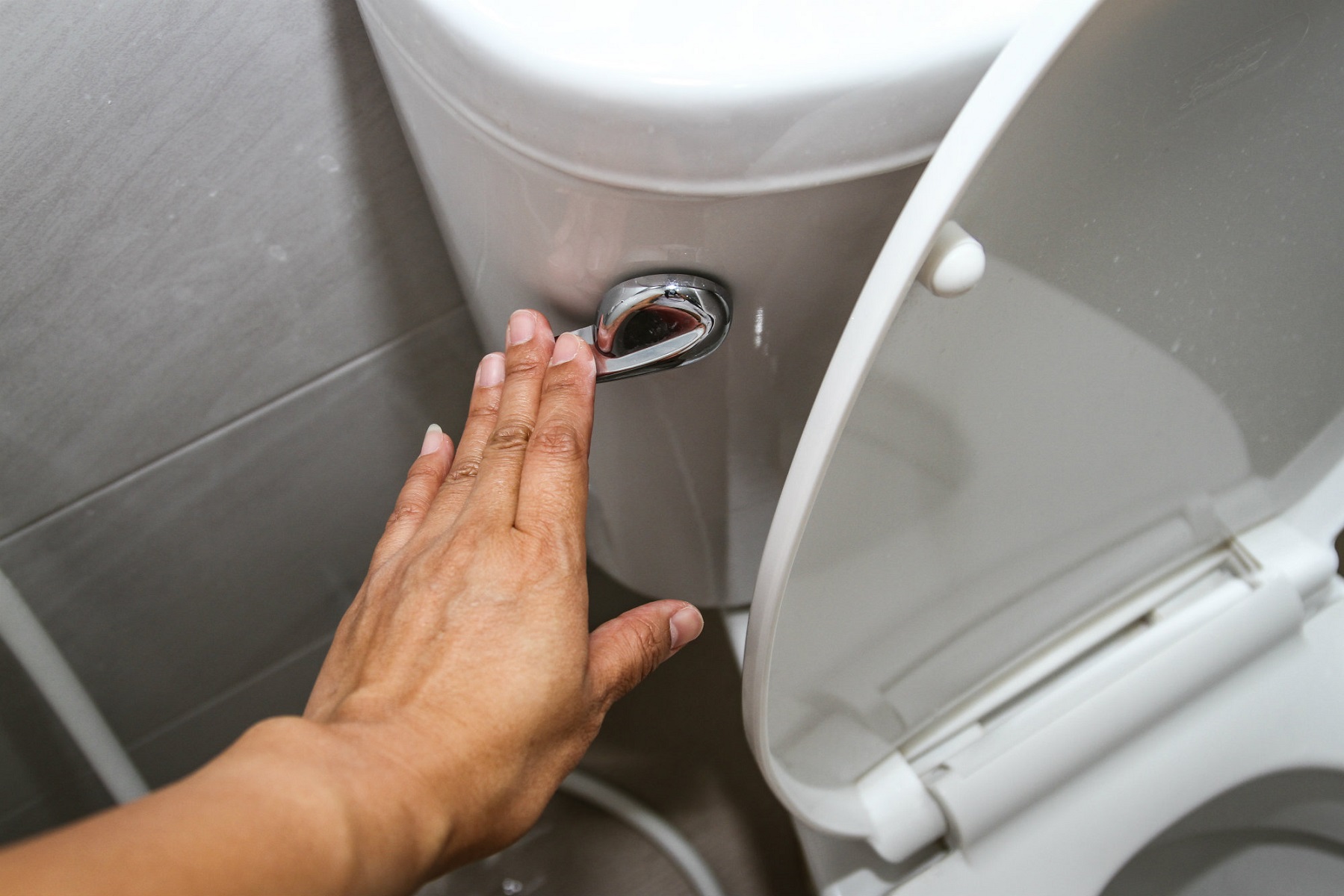

Articles
How Toilet Flush Works
Modified: January 6, 2024
Learn how a toilet flush works in this informative article. Explore the inner workings of your toilet and understand the process behind flushing. Read now!
(Many of the links in this article redirect to a specific reviewed product. Your purchase of these products through affiliate links helps to generate commission for Storables.com, at no extra cost. Learn more)
Introduction
In the modern world, toilets are an essential part of our daily lives, providing us with comfort, convenience, and hygiene. Have you ever wondered how a toilet flush works? While it might seem like a simple process, there’s actually a complex mechanism at play that ensures an effective flush every time.
A toilet consists of various components, each serving a specific purpose to facilitate the flush. Understanding the workings of a toilet flush can help you appreciate the engineering behind this everyday necessity.
In this article, we’ll dive into the fascinating world of toilets and explore the different flush mechanisms, including gravity flush, pressure-assisted flush, and dual flush systems. We’ll also discuss water-saving technologies that contribute to sustainability and conservation efforts.
So, grab a cup of coffee and let’s embark on a journey to demystify the mechanisms behind a toilet flush!
Key Takeaways:
- Embrace the diverse flush mechanisms, from gravity to pressure-assisted and dual flush systems, to appreciate the engineering marvel behind every toilet flush and contribute to water conservation efforts.
- Explore the fascinating world of water-saving technologies in toilets, from low-flow designs to smart controls, and play a part in preserving our planet’s precious water resources for a sustainable and eco-friendly future.
Read more: How To Manually Flush A Toilet
Components of a Toilet
Before we delve into the details of how a toilet flush works, let’s familiarize ourselves with the key components that make up a typical toilet.
1. Toilet Bowl: The toilet bowl is the ceramic or porcelain fixture that holds the water and serves as the main receptacle for waste.
2. Toilet Tank: The toilet tank is located above the bowl and houses the water supply for flushing. It is typically made of porcelain or fiberglass.
3. Flush Valve: The flush valve is a mechanism that allows water to enter the toilet bowl for the flush. It is typically a rubber or plastic flapper that covers the flush hole at the bottom of the tank.
4. Fill Valve: The fill valve, also known as the ballcock, is responsible for regulating the water level in the toilet tank after each flush. It controls the flow of water from the water supply line to the tank.
5. Handle or Button: The handle or button, located on the outside of the tank, is used to initiate the flush by activating the flush valve.
6. Trapway: The trapway is a curved passage at the base of the toilet bowl that connects to the drainage pipe. It prevents foul smells from escaping and ensures efficient waste removal.
These components work together in synchrony to create a seamless flushing experience. Now, let’s explore the different mechanisms behind a toilet flush.
The Flush Mechanism
The flush mechanism is the heart of a toilet, responsible for initiating the flush and removing waste from the bowl. Depending on the type of toilet, there are different flush mechanisms employed to achieve this task.
Let’s take a closer look at three common flush mechanisms:
1. Gravity Flush System: This is the most common type of flush mechanism found in residential toilets. When you press the flush handle or button, it lifts the flush valve, allowing water to flow from the tank into the bowl. Due to the force of gravity, the water rushes down through the trapway, creating a siphon effect that pulls waste down with it. This simple and efficient mechanism relies on the weight and pressure of the water to achieve a thorough flush.
2. Pressure-Assisted Flush System: In some commercial toilets or high-efficiency residential models, a pressure-assisted flush mechanism is used. This system utilizes water under high pressure to create a forceful flush. When you initiate the flush, the pressurized water is released, propelling waste out of the bowl. This mechanism is known for its powerful flush and effective waste removal. However, it can be noisier and requires a higher water pressure for optimal performance.
3. Dual Flush System: As the name suggests, a dual flush system provides two options for flushing based on the type of waste. It typically consists of two buttons or handles, one for a full flush and the other for a half flush. The full flush is used for solid waste, providing a stronger and more thorough flush. The half flush, on the other hand, is designed for liquid waste, using less water and providing a more efficient flush. This system offers water-saving benefits by allowing users to choose the appropriate flush for different scenarios.
These flush mechanisms, whether operated by gravity, pressure, or a combination of both, ensure an effective flush and maintain proper sanitation in your toilet. Now, let’s explore the advancements made in water-saving technologies.
Gravity Flush System
The gravity flush system is the most common and traditional method used in residential toilets. It relies on the force of gravity to create a powerful flush that efficiently removes waste from the bowl.
Here’s how the gravity flush system works:
- Flush Activation: When you press the flush handle or button, it lifts the flush valve, which releases the water from the tank into the bowl.
- Water Flow: As the water flows into the bowl, it creates a surge of water that fills the trapway, a curved passage at the base of the toilet bowl.
- Siphonic Action: The shape of the trapway and the force of the flowing water create a siphonic action. This siphon effect creates a vacuum that pulls waste and water down into the drainage pipe, effectively removing it from the bowl.
- Refilling the Tank: Once the water and waste have been flushed successfully, a fill valve or ballcock is activated to refill the tank with fresh water for the next flush.
The gravity flush system is preferred for its simplicity and reliability. It requires no additional mechanisms or external power source, making it a cost-effective and low-maintenance option. Moreover, it operates quietly, without disturbing household members.
While gravity flush toilets are generally effective, some potential drawbacks may arise. If the water pressure is low, the flush may not be strong enough to remove all waste. Additionally, larger waste or improper flushing techniques can cause clogs that require plunging or the use of a toilet auger.
However, advancements in toilet design have addressed these challenges, with improved bowl shapes, larger trapways, and optimized flush valves to enhance the performance of gravity flush systems.
Now that we’ve explored the gravity flush system, let’s move on to the next flush mechanism – the pressure-assisted flush system.
Toilets flush when the handle is pressed, releasing water from the tank into the bowl and creating a siphon effect that pulls waste and water out of the bowl and into the sewer system.
Pressure-Assisted Flush System
The pressure-assisted flush system is a powerful and efficient mechanism commonly found in commercial toilets and some high-efficiency residential models. It utilizes pressurized water to enhance the flushing process and ensure effective waste removal.
Here’s how the pressure-assisted flush system works:
- Pressurized Tank: Unlike gravity flush systems that rely solely on the force of gravity, pressure-assisted toilets have an additional feature – a sealed pressurized tank. This tank is separate from the water supply line and holds compressed air or water under high pressure.
- Flush Activation: When you initiate the flush by pressing the handle or button, it triggers the release of the pressurized water stored in the tank.
- Forceful Flush: The pressurized water forcefully enters the toilet bowl, creating a strong and rapid flow that effectively removes waste. This powerful flush ensures thorough cleanliness and reduces the chances of clogging.
- Waste Removal: As the water rushes into the bowl, it carries waste through the trapway and into the drainage system. The added pressure helps to propel the waste efficiently, leaving the bowl clean and ready for the next use.
- Tank Refilling: Once the flush is complete, the pressure-assisted toilet refills its tank using the water supply line, ready for the next flush cycle.
The pressure-assisted flush system offers numerous advantages. With its high-pressure mechanism, it provides a powerful flush that effectively removes waste with minimal effort. This reduces the need for multiple flushes and helps maintain a cleaner toilet bowl.
Additionally, pressure-assisted toilets are often quieter than traditional gravity flush toilets, as the pressurized water helps to minimize noise during the flush. This can be particularly beneficial in commercial settings where multiple toilets are used simultaneously.
However, it’s worth noting that pressure-assisted toilets can be noisier during the tank refilling process since the pressurized tank requires a quick replenishment of water. Some users may find the noise level slightly higher compared to gravity flush systems.
Moreover, pressure-assisted toilets typically require a higher water pressure in the plumbing system for optimal performance. If the water pressure is low, the flush may not be as effective, and extra maintenance may be required to ensure proper functionality.
Now that we understand the pressure-assisted flush system, let’s explore another type of mechanism – the dual flush system.
Read more: How To Flush An Automatic Toilet
Dual Flush System
The dual flush system is a modern and environmentally-friendly flush mechanism that provides users with the option to choose between two different flush volumes. It is designed to conserve water by offering a full flush for solid waste and a reduced flush for liquid waste.
Here’s how the dual flush system works:
- Dual Flush Controls: A dual flush toilet is equipped with two buttons or handles, typically located on the top or front of the tank. One button is designated for a full flush, while the other is for a reduced flush.
- Full Flush: The full flush option delivers a higher volume of water for a stronger and more powerful flush. It is specifically designed to handle solid waste effectively. This flush option ensures thorough waste removal and cleanliness.
- Reduced Flush: The reduced flush option, also known as a half flush or liquid flush, uses a lower volume of water. It is suitable for disposing of liquid waste, such as urine. This flush option helps conserve water by using only the necessary amount for effective waste removal.
- User Choice: The dual flush system allows users to select the appropriate flush option based on the type of waste being disposed of. By providing this choice, water usage is optimized, and unnecessary water wastage is minimized.
The dual flush system provides significant water-saving benefits. Compared to traditional single-flush toilets, which use a fixed amount of water for every flush, the dual flush system gives users more control over their water consumption. By using the reduced flush option for liquid waste, substantial water savings can be achieved over time.
Studies have shown that dual flush toilets can reduce water usage by up to 20-30% compared to single-flush toilets. This not only benefits the environment by conserving water resources but also helps homeowners save on water bills.
In addition to water conservation, dual flush toilets promote a more sustainable approach to waste management. By providing separate flush options for solid and liquid waste, the dual flush system contributes to better sanitation practices and improved hygiene.
However, it’s important to note that some users may need time to adjust to the dual flush system, as it requires a conscious choice between flush options. Additionally, the specific amount of water used for each flush may vary between models, so it’s essential to choose a dual flush toilet that meets your water-saving goals.
Now that we’ve explored the dual flush system and its water-saving benefits, let’s move on to the advancements in water-saving technologies in toilets.
Water Saving Technologies
In an era of increasing environmental concerns and a growing focus on sustainability, water-saving technologies have become a crucial aspect of toilet design. These advancements aim to reduce water consumption without compromising the effectiveness of the flush. Let’s explore some of the notable water-saving technologies in toilets:
- Low-Flow Toilet: Low-flow toilets are designed to use significantly less water per flush compared to traditional toilets. They typically use around 1.6 gallons (6 liters) or less per flush, as opposed to the 3.5 to 7 gallons (13 to 26 liters) used by older models. Despite using less water, low-flow toilets employ innovative designs, optimized bowl shapes, and pressure-assisted or gravity flush mechanisms to ensure efficient waste removal.
- Dual Flush: As mentioned earlier, dual flush toilets offer the option for users to choose between a full flush for solid waste and a reduced flush for liquid waste. By using the appropriate flush option, water consumption is minimized, leading to significant water savings over time.
- Air-Pressure Assisted: Some toilets utilize air-pressure assisted technology to enhance the effectiveness of the flush while reducing water usage. This technology involves injecting air into the water stream, creating a forceful flush with less water volume.
- Vacuum-Assisted: Vacuum-assisted toilets use a vacuum system to create a powerful flush with less water. These toilets employ a combination of gravity and vacuum pressure to remove waste efficiently and minimize water consumption.
- Dual-Flush Conversion Kits: For those who wish to conserve water without replacing their existing toilet, dual-flush conversion kits are available. These kits can be easily installed on standard toilets, allowing the conversion to a dual flush system. It offers a cost-effective and environmentally-friendly solution to reduce water usage.
- Smart Technology: With the advent of smart home technology, toilets have also embraced innovation. Some modern toilets are equipped with sensors and smart controls that accurately determine the appropriate amount of water needed for each flush, optimizing water usage without sacrificing performance.
These water-saving technologies provide viable solutions to reduce water consumption in toilets without compromising sanitation standards. They contribute to sustainable practices by minimizing water wastage and promoting a greener approach to everyday living.
By incorporating these water-saving technologies, we can all play a role in conserving one of our planet’s most precious resources – water.
As we conclude our exploration of water-saving technologies, let’s reflect on the importance of understanding the mechanisms behind a toilet flush and embracing these advancements for a more sustainable future.
Conclusion
Understanding how a toilet flush works can provide valuable insights into the intricate mechanisms that ensure cleanliness and sanitation in our everyday lives. From the components of a toilet to the various flush mechanisms, we have explored the technology and engineering behind this essential fixture.
Whether it’s the reliable gravity flush system, the powerful pressure-assisted flush system, or the water-saving dual flush system, each mechanism serves its purpose in efficiently removing waste from the bowl. Advancements in water-saving technologies, such as low-flow toilets, dual flush conversion kits, and smart controls, demonstrate our commitment to sustainability and conservation.
By opting for water-saving toilets and employing eco-friendly practices, we can collectively reduce water consumption and contribute to a more sustainable future. With each flush, we can make a significant impact on water conservation efforts while still maintaining a high standard of hygiene.
As we continue to prioritize environmental stewardship, the evolution of toilet design and technology will undoubtedly lead to even more efficient, water-saving, and environmentally-friendly innovations in the future.
So the next time you use the toilet, take a moment to appreciate the engineering marvel behind the flush mechanism and remember the importance of water conservation. By making conscious choices and embracing advancements in toilet technology, we can all play a part in preserving and protecting our planet’s precious resources.
Now, go forth and spread the knowledge of how a toilet flush works, and let us all strive for a sustainable and eco-friendly future, one flush at a time!
Frequently Asked Questions about How Toilet Flush Works
Was this page helpful?
At Storables.com, we guarantee accurate and reliable information. Our content, validated by Expert Board Contributors, is crafted following stringent Editorial Policies. We're committed to providing you with well-researched, expert-backed insights for all your informational needs.
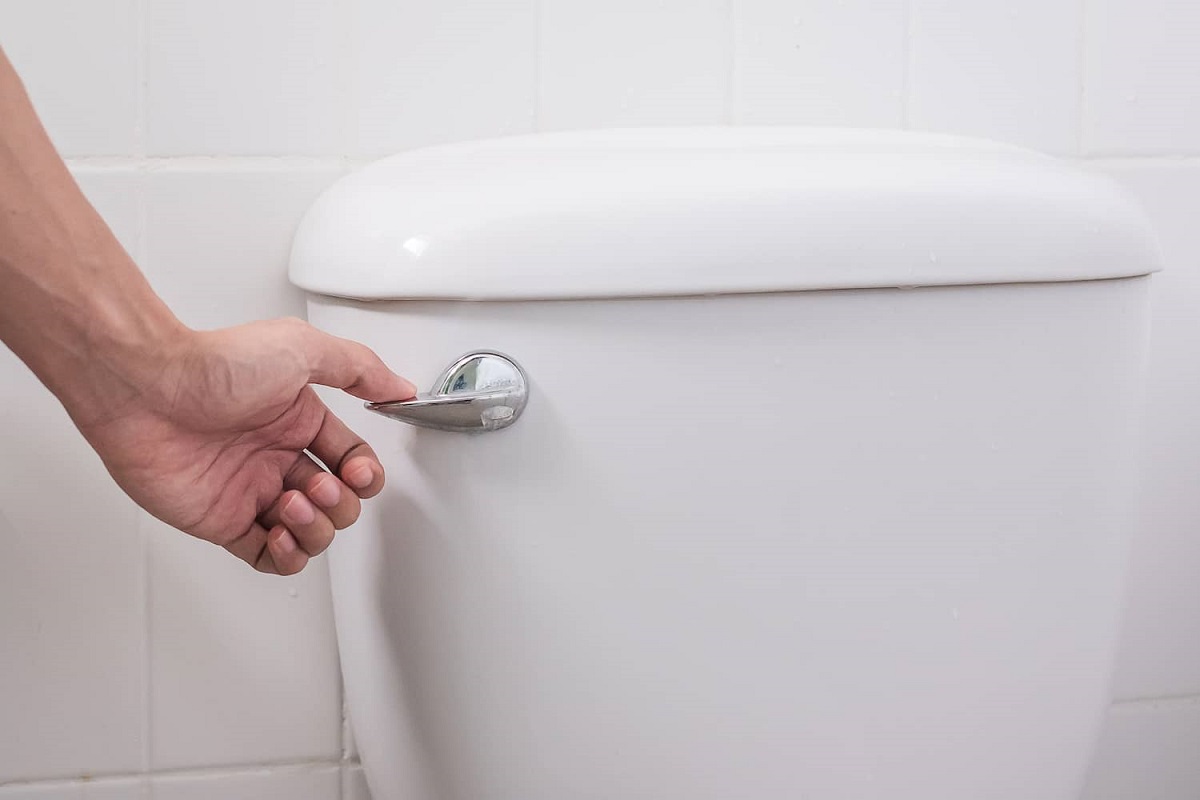
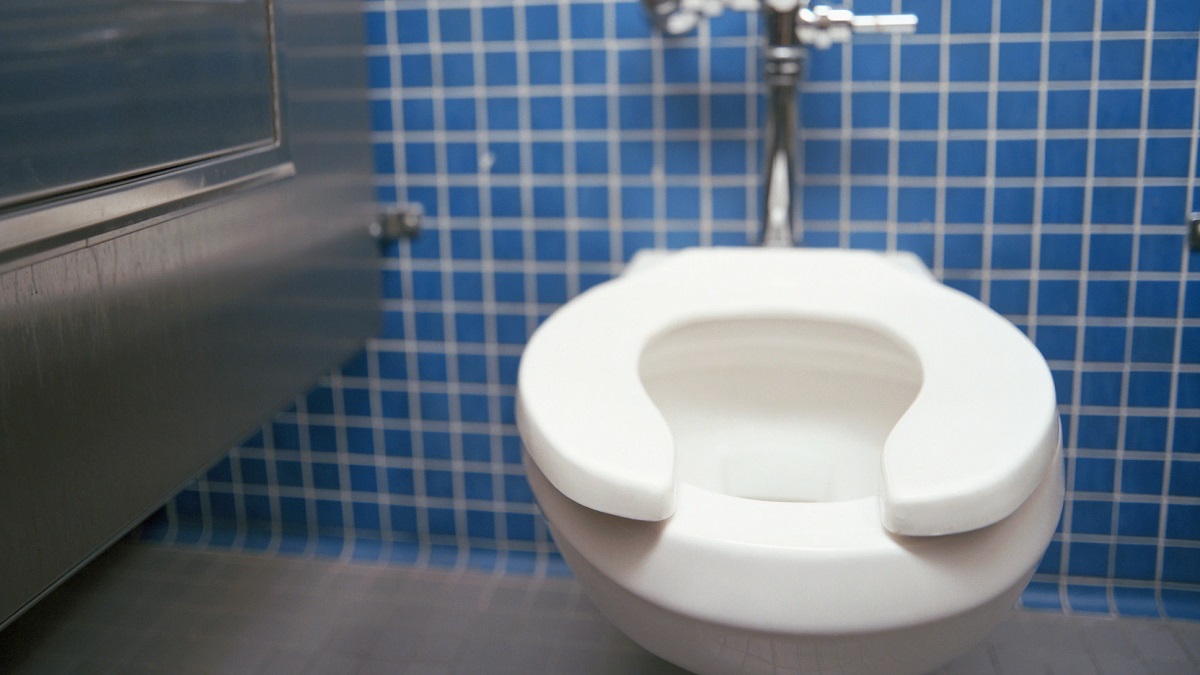
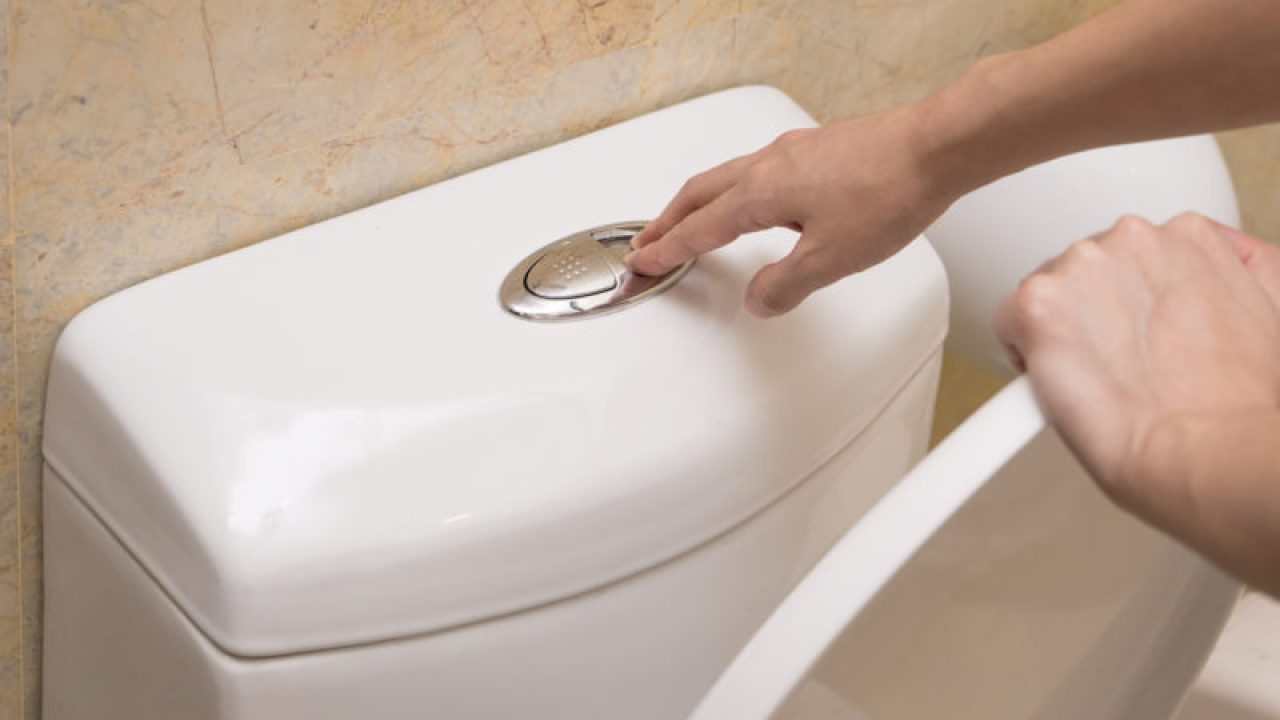
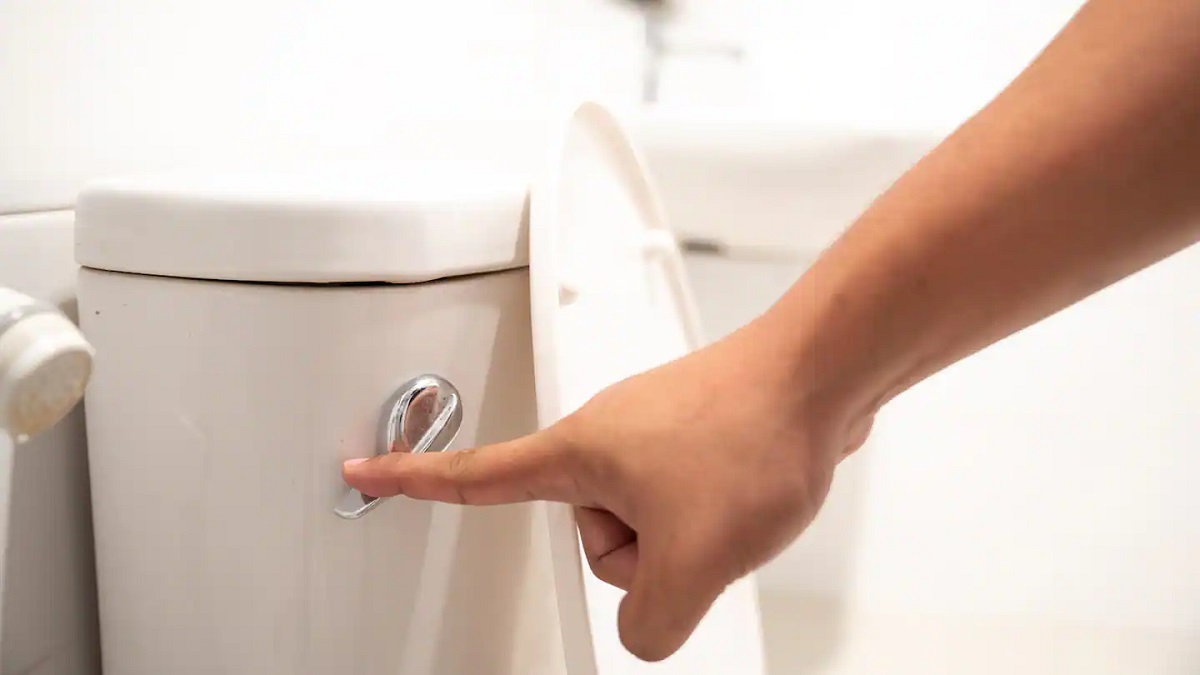
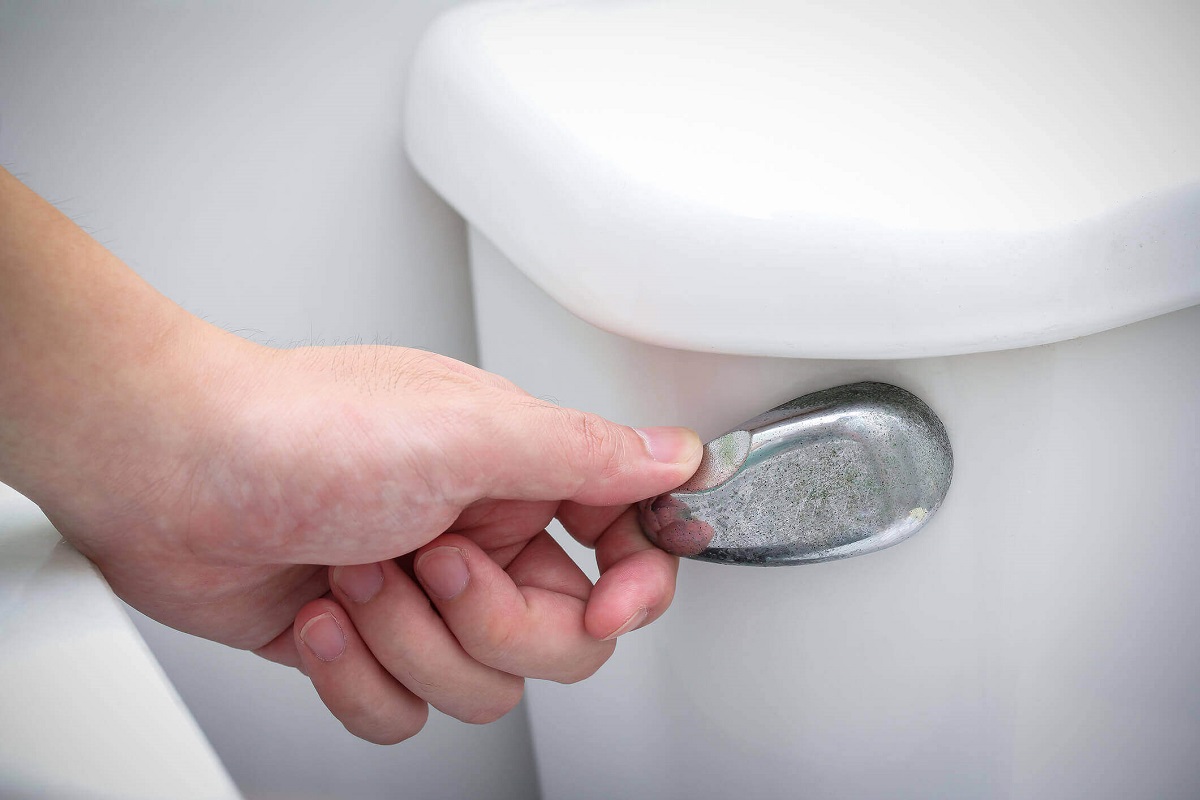
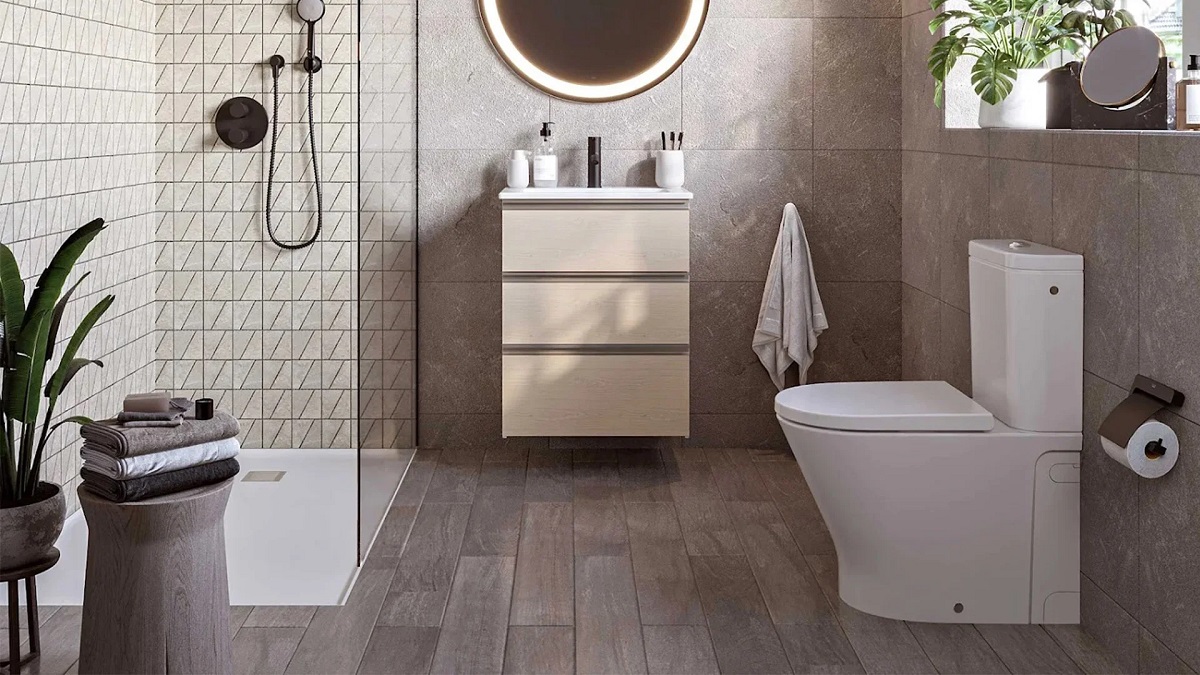
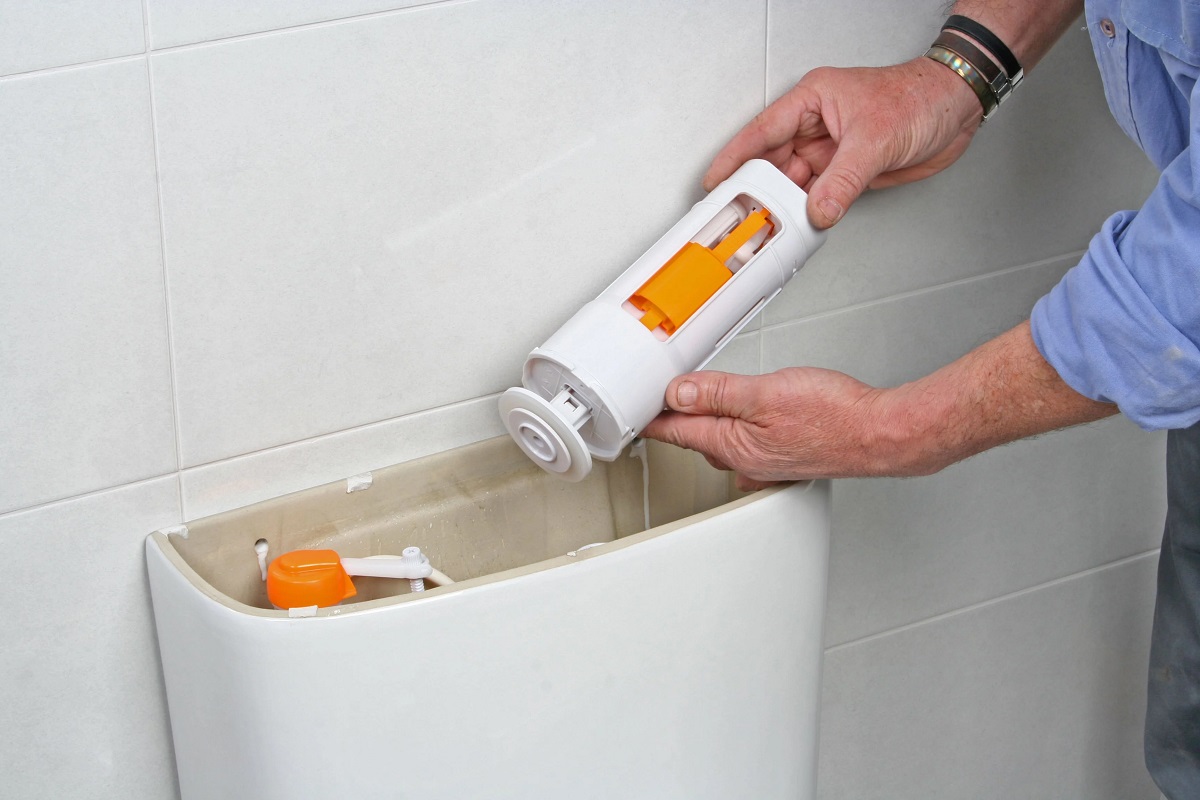
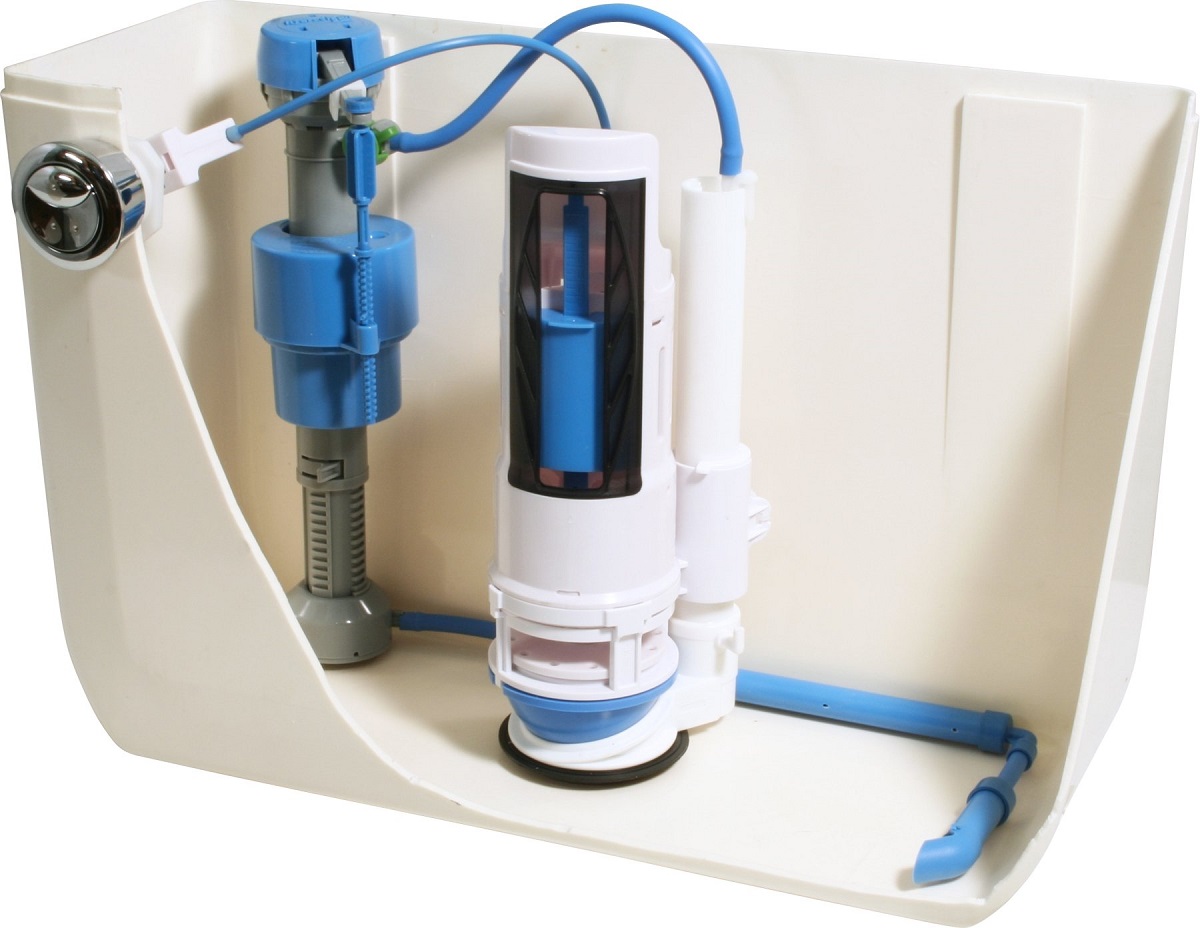
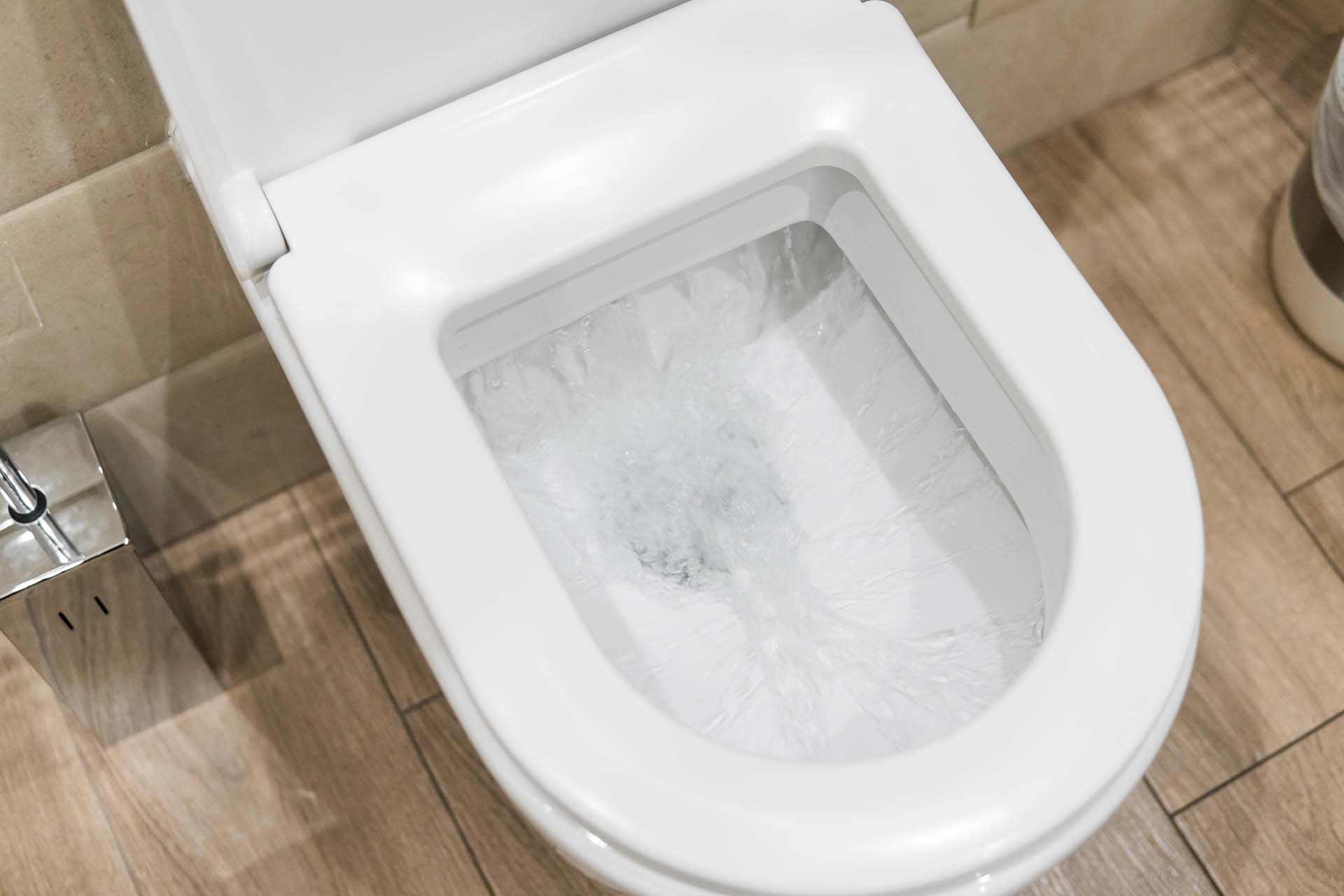
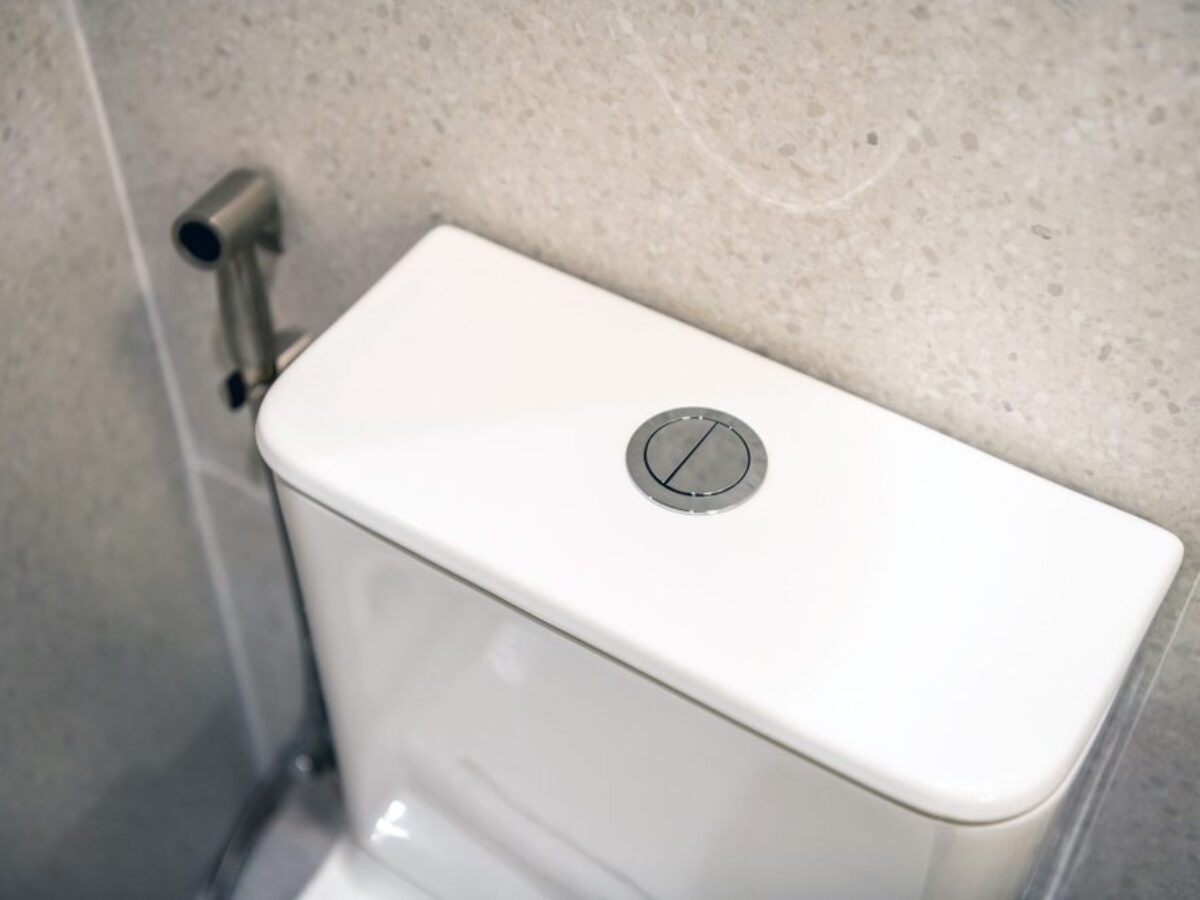
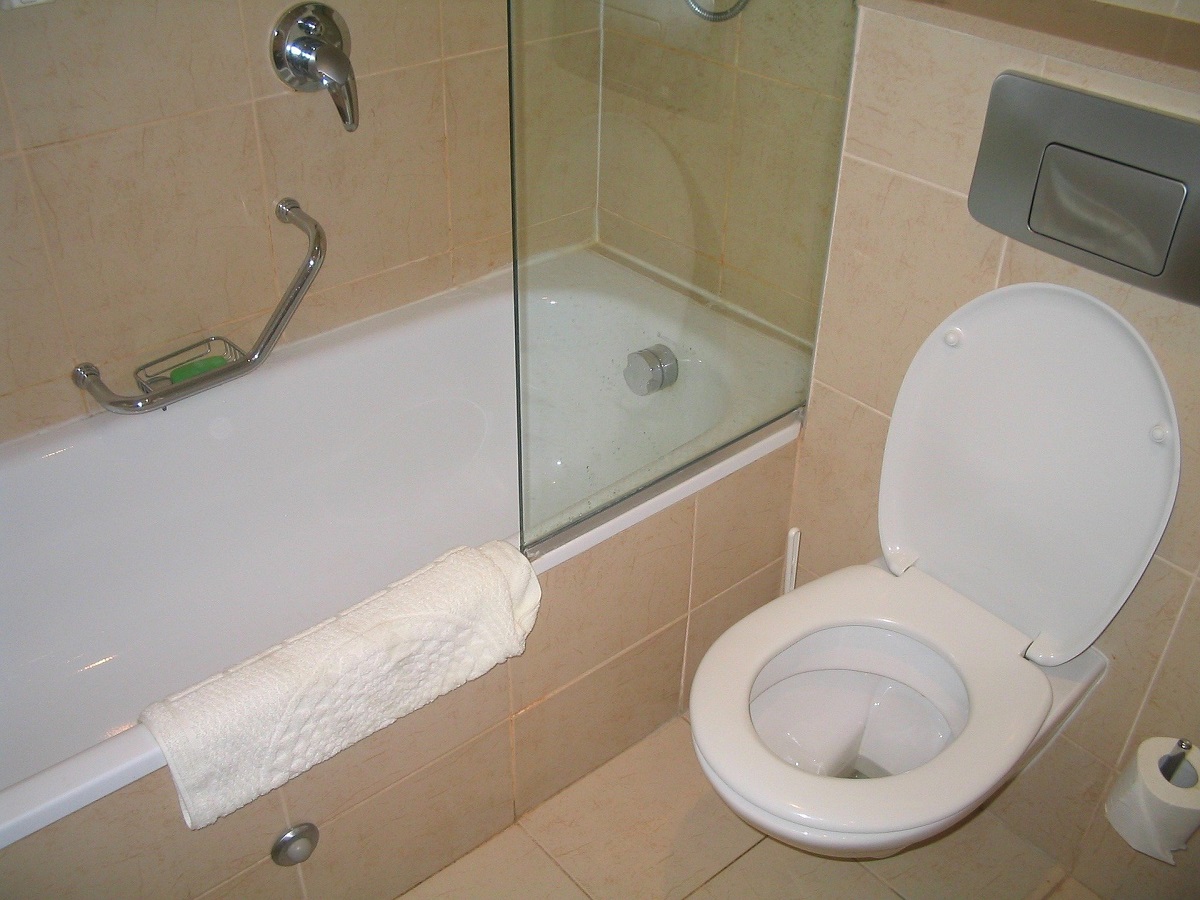
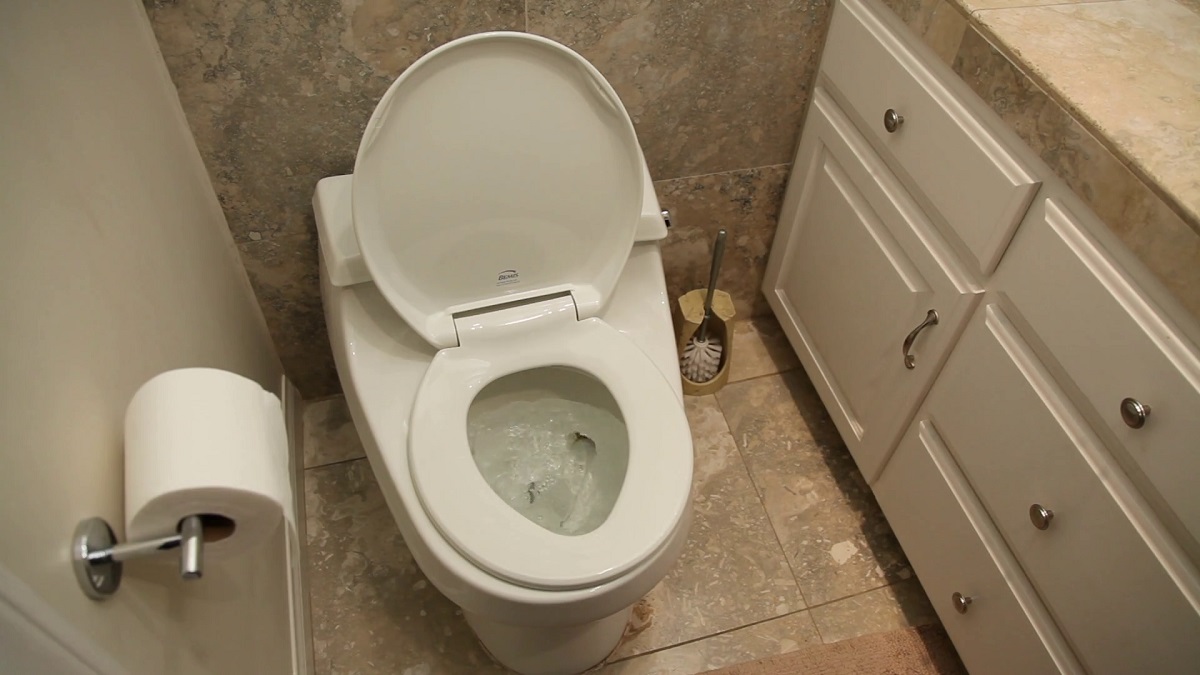
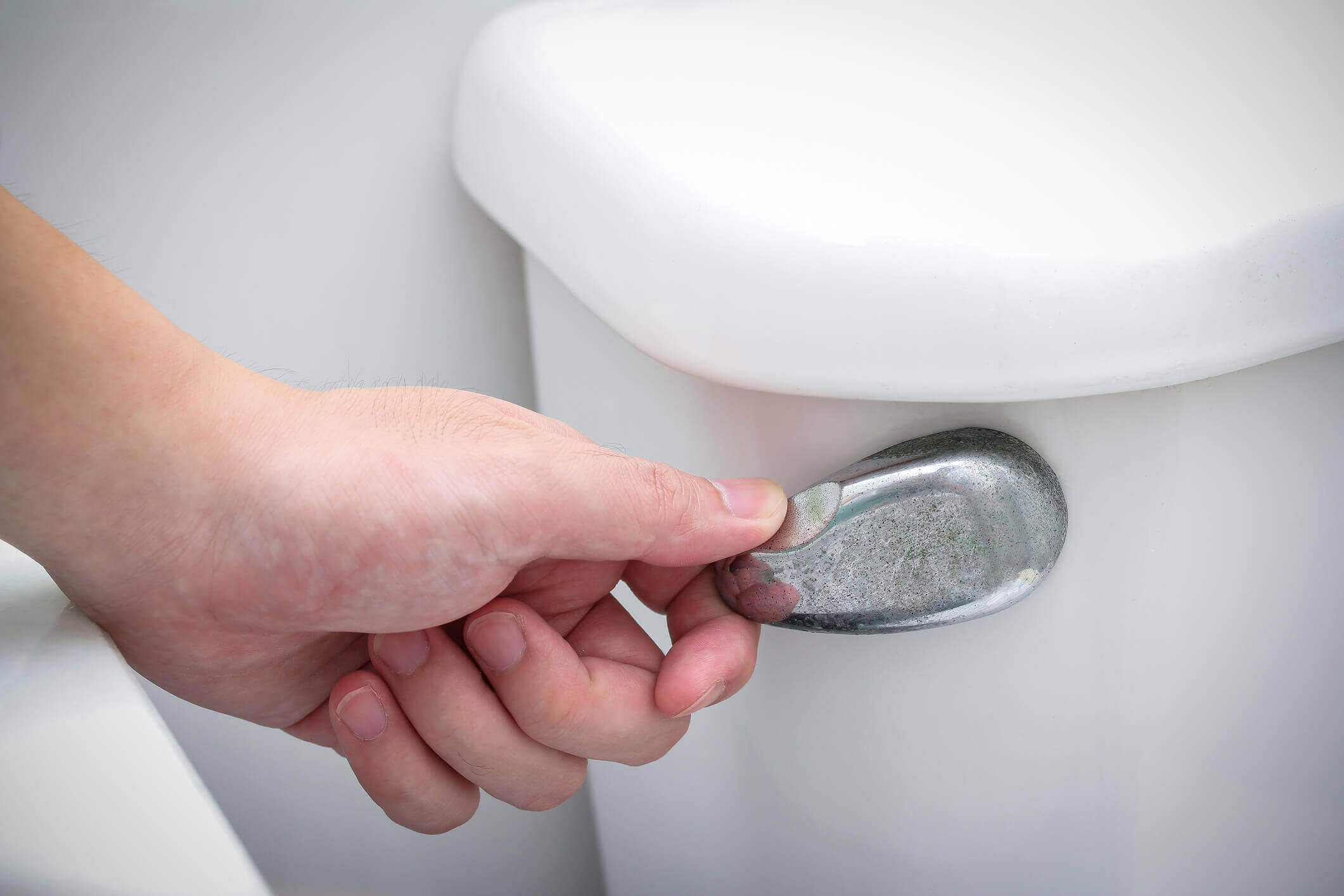
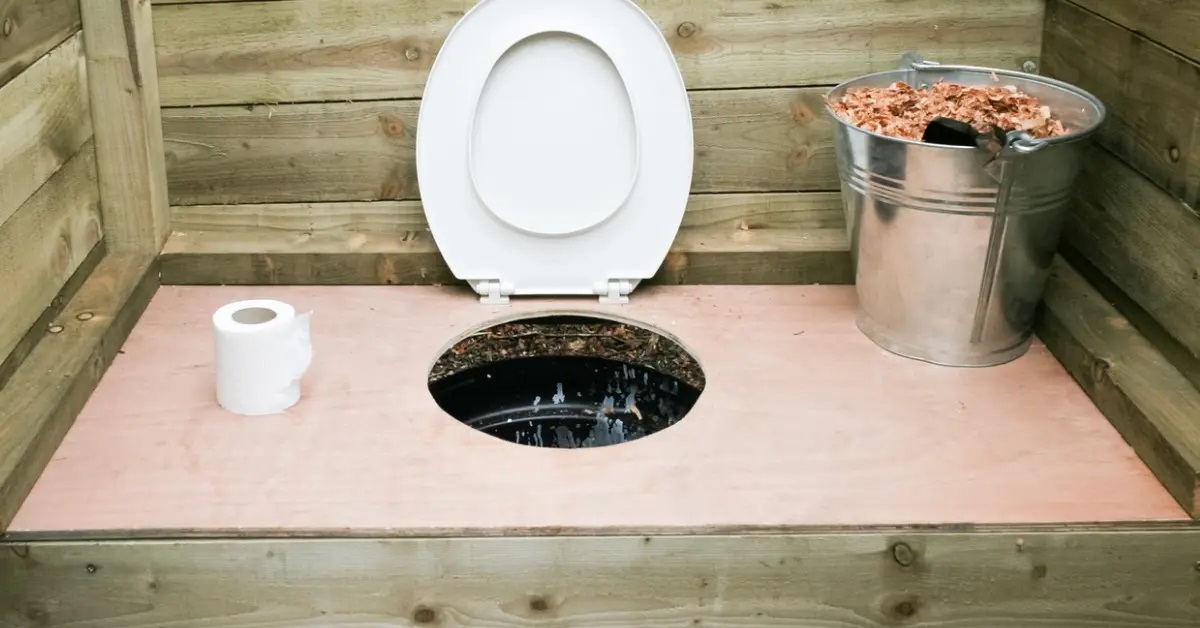

0 thoughts on “How Toilet Flush Works”